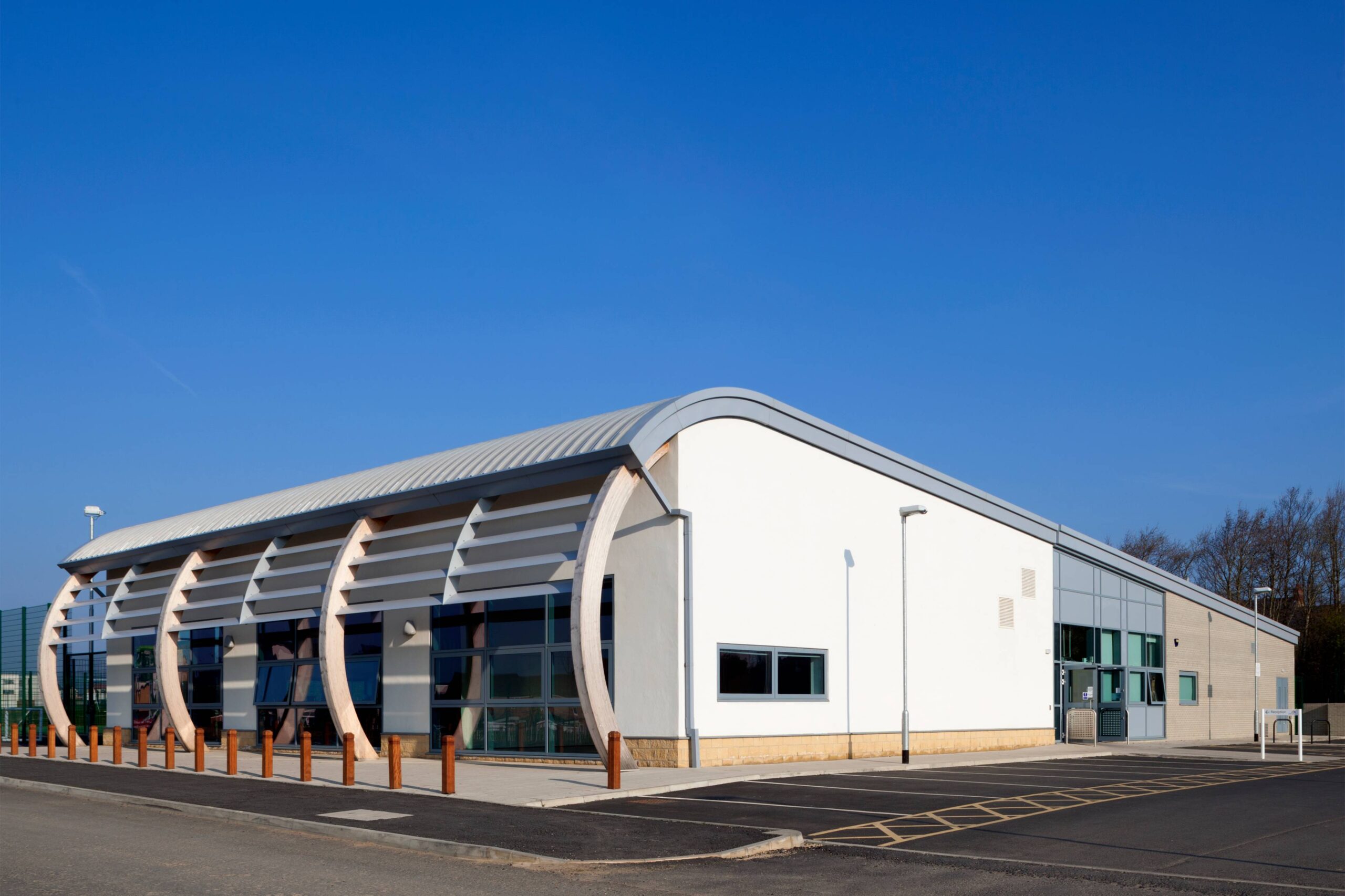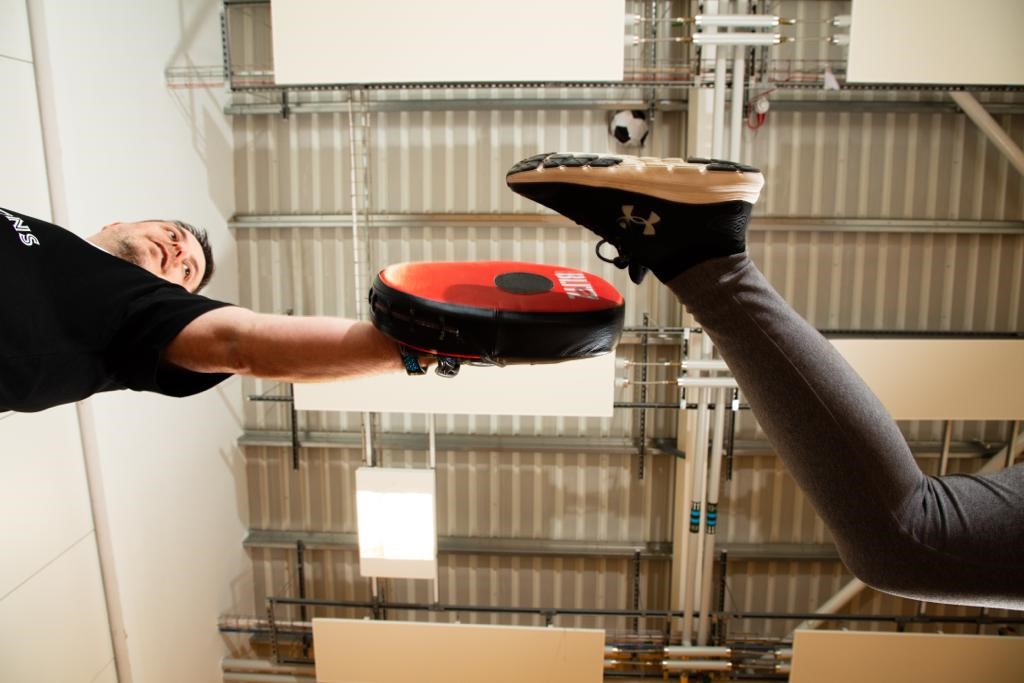Are you looking to learn more about the basics of community lettings? If so, you’ve come to the right place! This blog post is designed to provide an introduction to the topic, starting with the basics. Here, we’ll discuss the definition and purpose of community lettings, as well as the different types of community spaces and key stakeholders involved. Let’s get started!
What are community lettings?
Community lettings refer to the practice of hiring out community spaces for use by individuals, groups, or organisations. Essentially, community lettings allow members of the public to access and use public spaces outside of their normal operating hours.
These lettings can take form in various community spaces, such as community buildings, leisure facilities, and schools after hours. In the UK, community lettings can include almost anything from exercise classes and workshops to children’s activities, sports, meetings & events.

The basics of community lettings are all about opening up spaces that might otherwise go unused, providing opportunities for people to connect, learn, and engage with each other. Community lettings help to build strong and connected communities, creating safe and inclusive spaces for all.
At their core, community lettings serve the purpose of promoting community engagement and participation. They are a means of building relationships, facilitating dialogue, and encouraging a sense of belonging within a community.
If you’re interested in community lettings, whether it’s as a hirer or as a community group looking to rent a space, it’s essential to know the basics of how it works, who is involved, and what to expect. Stay tuned for our next sections where we will delve deeper into these topics!
What is the purpose of community lettings?
Community lettings serve the dual purpose of providing valuable community spaces while generating revenue. From a community perspective, lettings allow for spaces such as community centres, halls, and sports facilities to be utilised for a variety of purposes including meetings, classes, events, and sports. This fosters community connections, provides opportunities for personal and professional development, and increases access to physical activity.
From a commercial/financial perspective, community lettings generate income which can be reinvested into the maintenance and improvement of these spaces. In fact, according to a report by Social Investment Business, community lettings generated £192 million in income in the UK in 2016-17 and has grown since.

Knowing how to run community lettings efficiently is key to achieving both these objectives. Effective management and marketing of the spaces can increase utilisation rates and attract new users. Additionally, offering a range of pricing options can make the spaces more accessible and inclusive.
In summary, community lettings serve both a social and economic purpose by providing valuable spaces while generating revenue. Understanding how to effectively manage and market these spaces can lead to increased income and greater community benefits.
What are the different types of community spaces?
Community spaces come in all shapes and sizes, each serving a unique purpose and accommodating different types of activities. Here are a few of the most common types of hire spaces that you may encounter when running community lettings:
1. Halls: A hall is a large, multipurpose space that can be used for a variety of activities such as weddings, dances, conferences, and theatre performances.
2. Meeting rooms: These smaller, more intimate spaces are perfect for meetings, workshops, and classes. They typically include chairs, tables, and audio-visual equipment to facilitate presentations.
3. Kitchens: A well-equipped kitchen can be a valuable asset for community groups looking to host cooking classes, coffee mornings, or catered events.
4. Outdoor spaces: Artificial pitches, MUGAs (Multi Use Games Areas), and sports fields are great options for outdoor events and recreational activities.
5. Indoor spaces: Indoor facilities such as gyms, studios, and drama halls provide a sheltered environment for activities like fitness classes, music rehearsals, and exhibitions.

No matter what type of space you choose to hire, be sure to familiarise yourself with the venue’s policies and regulations. This includes understanding the facility’s capacity limits, insurance requirements, and clean-up procedures.
Who are the key stakeholders involved in community lettings?
Now that we understand the basics of community lettings and the different types of spaces available, it’s important to consider the key stakeholders involved. These are the individuals or organisations that play a critical role in making community lettings happen.
First and foremost, the community itself is a major stakeholder in community lettings. Without the engagement and support of the local community, it can be challenging to sustain a successful lettings program. This includes both individuals and organisations, such as community groups, local businesses, and charities.
Local government, boards of trustees, governors and public institutions are also important stakeholders in community lettings. They often have a say in the management and allocation of public spaces, as well as the funding and resources available for community projects.

Other key stakeholders in community lettings are property owners and landlords. They may have the ability to make their underutilized or vacant spaces available for community use, whether for short-term rentals or longer-term leases.
Finally, the individuals and organisations that utilise community spaces are also important stakeholders. These can include local businesses, entrepreneurs, non-profits, community groups, and anyone who visits the site. Their engagement and support are crucial in making community lettings successful and sustainable.
Overall, community lettings require a diverse group of stakeholders to come together and work towards a shared goal of creating vibrant and inclusive community spaces. By understanding and engaging with these stakeholders, we can build stronger communities and create spaces that benefit everyone.
Summary
In summary, community lettings provide a way for community members to utilise space for their events and activities. Different types of spaces are available for community lettings, such as community centres, schools, and public buildings. Key stakeholders involved in community lettings are the local council, community groups, and individuals who want to rent the space. Community and school lettings can bring people together, support local events and businesses, and encourage community engagement. If you are interested in how to run community lettings or need advice on the process, please don’t hesitate to get in touch with me. Let’s work together to support our communities.




